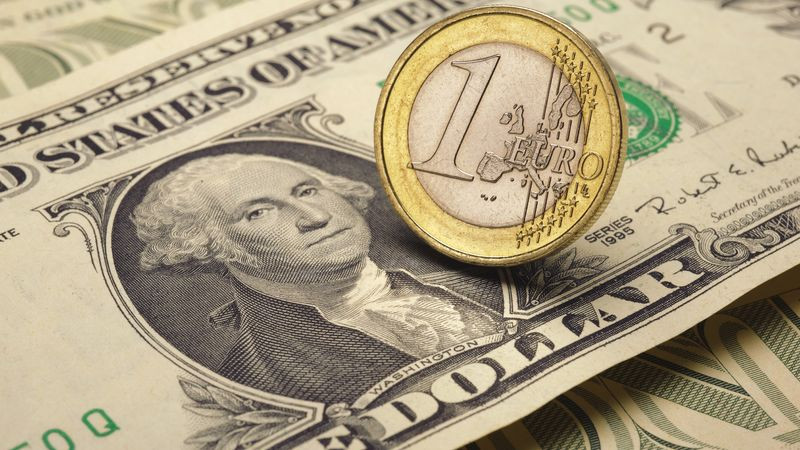
The dollar does not stop rewriting multi-year highs against its main competitors under the talk that the USD rally may be approaching a turning point.
This year, the greenback has strengthened against the euro by 4.7%, largely due to the Federal Reserve's willingness to sharply raise rates, along with a reduction in the balance sheet, which has grown to $9 trillion.
The dollar exchange rate against the euro has already risen to the highest levels since March 2020.
According to experts, the success of the greenback is largely consistent with its dynamics observed during the last four cycles of interest rate hikes in the United States.
At the same time, in three cycles, according to Refinitiv, the greenback returned part of its profit, losing an average of 1.4% between the first and last rate increase.
"It is quite possible that the dollar will exceed recent highs and return to the levels we observed eight to nine years ago, but we think we are pretty close to a tipping point," Morgan Stanley analysts said.
Goldman Sachs notes that the current forecasts of the Fed's tightening policy are comparable to the dynamics of the central bank's rates in 1994-1995, when it raised rates by 300 basis points, which was the steepest cycle of increases in recent decades.
"By the time the Fed ended the cycle, the greenback had fallen by 8.4% as rate hikes by other leading central banks narrowed the gap between yields in the United States and yields in other countries," Goldman Sachs said in a recent report.
In recent weeks, the gap between US debt yields and foreign government bonds has widened, but this dynamic may change if other central banks become more aggressive or if US data reflect a slowdown in economic growth in the country.
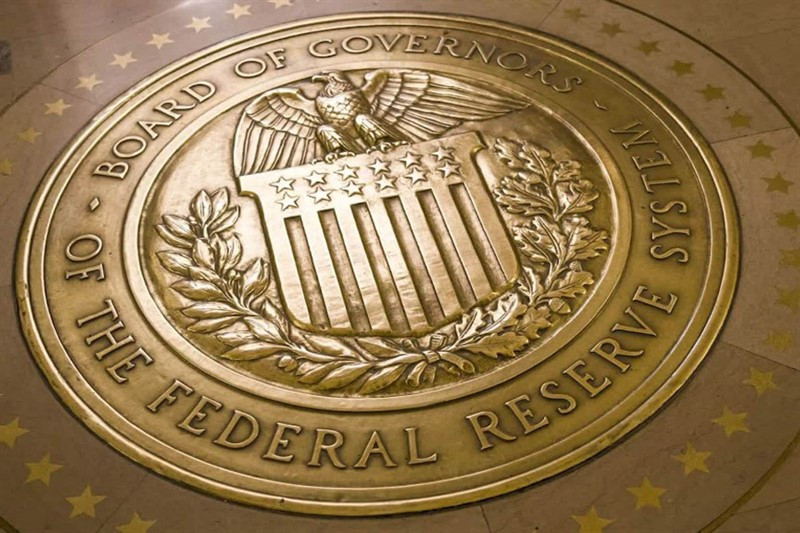
"At the moment when the markets properly feel that the Fed has done away with its belligerence against the backdrop of deteriorating economic indicators, then the dollar will fall, and we will be able to return to analyzing the difference in interest rates," said strategists at Millennium Global Investments.
The minutes from the FOMC meeting in March reflected growing concern that the central bank may be losing what officials consider to be a decisive struggle to contain inflationary expectations of the population – the very struggle in which Paul Volcker is credited with winning in the 1980s.
Long-term inflation expectations are considered key to determining the level of wages and prices, and at the March Fed meeting, several participants concluded that at the current stage, a significant risk is that increased inflation and inflation expectations may take hold.
This goes against the opinion of most FOMC officials, who believe that part of the current inflation will disappear by itself, which will allow them to return it to the target of 2% without strict restrictions on rates that would increase the risk of recession.
However, given the complexities of the current moment, from the military conflict in Ukraine to the ongoing impact of the pandemic on global supply chains, this will not be easy to achieve, and even the relatively rapid rate increases expected this year may not be enough.
A lot depends on whether it is enough to move to a neutral level, and if not, how much more the Fed should do.
"Every time in recent history, the US central bank at least just approached a neutral position, the national economy quickly rolled back. Thus, the risk is that the central bank may be too focused on reducing inflation and is ready to risk economic growth and the health of the labor market," Piper Sandler analysts said.
Volcker was able to kill the dragon of inflation by raising rates to 15%, sending the American economy into recession, and the dollar soared. Maybe this is the story of 2022, ING strategists wonder.
"The decision on how high the Fed's rates will be has not yet been made, but given that the final federal funds rate is growing every day (now it is 3.35%), it seems too dangerous to try to choose the top. We expect the dollar to remain strong for most of the year. Therefore, do not try to fight the strong bullish trend in USD, which will probably be able to stay above 100," they noted.
However, according to some experts, it is unlikely that the monetary authorities of the United States will be able to raise the discount rate to 10% or more, as 40 years ago – otherwise America will go bankrupt on debt payments, which will amount to about $3 trillion a year, which is four times more than the revenue part of the country's budget.
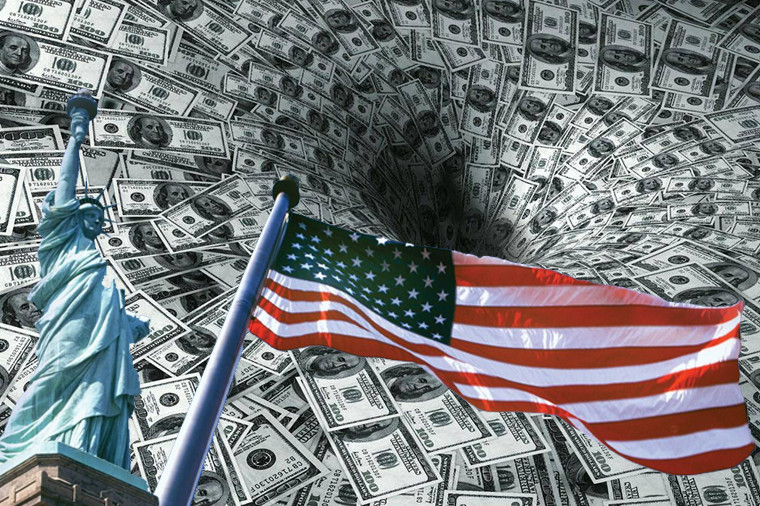
In addition, an increase in the US central bank's rate to approximately 3.5% by the beginning of next year will reduce the inflow of liquidity to the US stock market. In this scenario, the indices in New York are more likely to go down.
In case of negative dynamics of the US stock market, Joe Biden's Democratic Party risks losing its majority in both the House of Representatives and the Senate.
Before summing up the results of the midterm congressional elections, which are scheduled for the first decade of November, the Fed is likely to try to contain the decline in Wall Street indices and will raise rates to combat inflation, but not so sharply as to cause stress in the markets.
"I don't see the point in shocking the markets in the spirit of Paul Volcker," Christopher Waller, a member of the Fed's Board of Governors, said last week.
Recall that in the early 1980s, when inflation was as high as it is now, Fed Chairman Paul Volcker raised rates by as much as four percentage points at a time.
"We don't need to shock anyone. If inflation does not cool down, we will continue; we will do everything possible to reduce inflation. But we can do it in an orderly way without causing a lot of stress in the financial market," Waller said.
He supports raising interest rates by half a percent in May and possibly more in June and July.
Chicago Fed President Charles Evans said on Tuesday that he is satisfied with this year's round of rate hikes, which includes two increases of 50 basis points, as a result of which rates will reach a neutral level by the end of the year. At the same time , Evans does not see the need for larger increases.
However, even in this scenario, the dollar is likely to continue to grow.
Few central banks will be able to match the Fed this year in raising rates and reducing the balance sheet, which will lead to a sharp difference in policy in favor of the greenback, Westpac strategists believe.
The US currency should retain its appeal in such an environment, while talk of consolidating the USD index in the range of 101-102 is likely to intensify in the near future, they noted.
Standard Chartered believes that the dollar may continue to rise in the coming months, but is likely to retreat during the Fed's rate hike cycle, especially if other central banks become more hawkish. However, this is the story of the second half of the year or even 2023, they say.
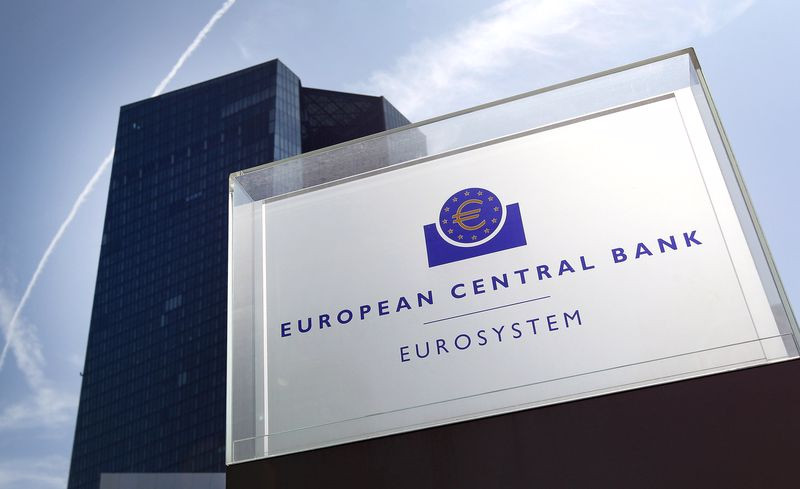
This week, a number of European Central Bank policy makers said that the regulator could raise interest rates at the beginning of the third quarter.
"Four ECB officials have indicated that rates may be raised in the third quarter. There is a clear feeling that the Governing Council may be preparing a rate change a little earlier than many expected. Our short-term target for EUR/USD at 1.0800 was broken earlier this week. We expect the pair to return to the 1.1000 pivot point in the summer or later," Rabobank reported.
Meanwhile, ING analysts point out that the ECB rarely remains hawkish.
"There is a possibility that the central bank will continue to normalize policy by raising rates by 25 bps in September and December, but will not raise rates in the future. Such a step may eventually negatively affect the euro against the dollar," they said.
HSBC expects the EUR/USD pair to continue its decline amid policy divergence between the ECB and the Fed.
"We expect the EUR/USD pair to decline in the coming weeks, given the clear discrepancy in terms of where the ECB is in the tightening cycle compared to the Fed. It doesn't look like that's going to change anytime soon. The main upward factors for the euro will be an improvement in the geopolitical background or additional signs of support for financial policy, which may allow the ECB to focus on reducing inflation," they noted.
The USD index dropped below 100 for the first time in a week on Thursday, and then made a sharp reversal. This came after Fed Chairman Jerome Powell said a half-point interest rate hike would be on the table when the FOMC meets next month.
"In my opinion, it would be advisable to move a little faster," said Powell on Thursday evening, speaking at an International Monetary Fund event.
This was his last public appearance before the Fed's meeting, which will be held on May 3-4. At the previous meeting, the FOMC raised the rate by 25 bps, to 0.25–0.5%. At the same time, the last time the Fed raised the rate at two consecutive meetings was in 2006, and there has not been a rise by 50 bps since 2000.
Judging by the futures on the level of the federal funds rate, the market is almost certain that the central bank will increase the cost of borrowing by 50 bps at the next two meetings. A number of members of the central bank's management have previously expressed their support for such a scenario.
"The markets are trying to make sense of what they see. And in general, their reaction is justified," said Powell.
The hawkish rhetoric of the head of the Fed prompted Nomura analysts to predict that the central bank will actually raise rates by 75 basis points at each of its meetings in June and July. After an increase of 50 bps in May, this will push the federal funds rate to the range of 2.25%-2.5% by the end of July.
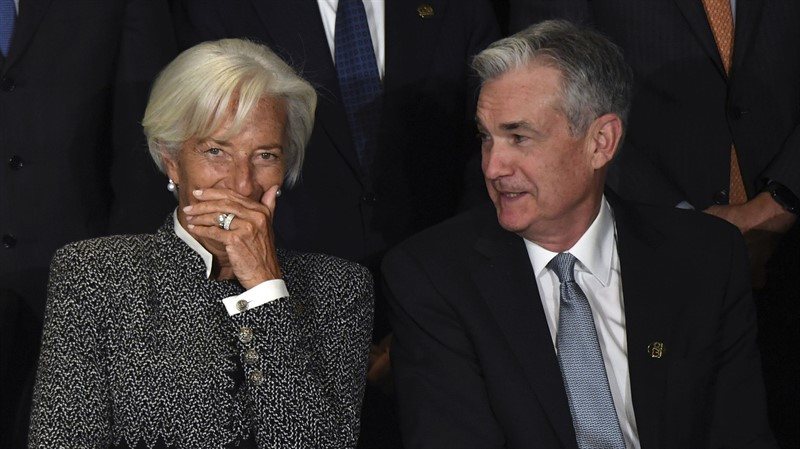
Meanwhile, ECB President Christine Lagarde, who also participated in the IMF event, declined to comment on the likelihood of a rate hike in the eurozone in July. "It will depend on the data," she said.
"In the current conditions of high uncertainty, we will maintain optionality, gradualness and flexibility in conducting monetary policy," Lagarde repeated.
The euro lost its bullish momentum due to Lagarde's cautious tone, and the negative shift in risk sentiment combined with Powell's hawkish remarks helped the dollar gain strength.
The USD index rose to 100.53 after declining for most of yesterday's session and closed in positive territory. Meanwhile, the euro sank to $1.0832 by the end of trading after reaching $1.0936, the highest level since April 11.
Negative sentiment in the markets persisted on Friday, and the protective dollar was able to move further up, updating the peaks of 2022 in the area of 101.30.
The next barrier appears at the level of 101.90, the breakthrough of which will open the door to the round mark of 102.00, then to the highs of March 2020 in the area of 103.00.
The key Wall Street indices are trading in the red zone today, losing about 1.5% on average, after falling by 1.1-2.1% a day earlier.
Traders continued to play back Powell's comments, who announced an increase in the discount rate immediately by 0.5 percentage points following the results of the May meeting. Although this did not come as a surprise, analysts suggest that the central bank may continue to raise the rate at the same pace.
In addition, traders drew attention to the statement of US Deputy Secretary of State Wendy Sherman. She warned that China could face large-scale sanctions if it really provides material support to Russia.
Earlier, investors had already witnessed firsthand the confrontation between Washington and Beijing, dubbed the "trade war" unleashed by the last owner of the White House, Donald Trump. The mutual increase in duties on certain groups of goods led to a fall in stock indices. A repeated war of sanctions will lead to a similar reaction, which is complicated by the current geopolitical situation and the consequences of the coronavirus.
With risk-averse markets dominating, the dollar has intensified its offensive against the euro. As a result, the EUR/USD pair lost its intra-weekly gain.
The bulls' inability to develop a rebound from the lows since the beginning of the year returned the initiative to the bears' hands, who managed to push the pair below 1.0800.
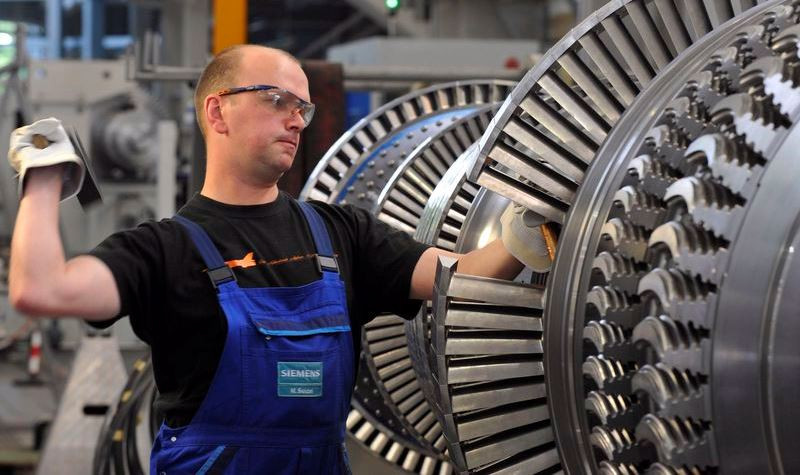
The single currency failed to benefit from the fact that the composite purchasing managers' index in the eurozone unexpectedly rose in April, while the same indicator for the United States fell contrary to forecasts.
The composite PMI index of the currency bloc, according to preliminary estimates, rose to 55.8 points this month from 54.9 points recorded in March. Analysts had expected a decline to 53.9 points.
At the same time, the composite purchasing managers' index in the United States sank from 57.7 to 55.1 points against the projected growth to 57 points.
In addition to the geopolitical tensions in the world, the uncertainty about the results of the second round of the presidential elections in France puts pressure on the EUR/USD pair.
On Sunday, the French will decide whether Emmanuel Macron or Marine Le Pen will govern the country for the next five years.
In the financial markets, Macron's victory is unlikely to cause any serious reaction other than initial relief, while Le Pen's victory will put pressure on the euro, according to Commerzbank strategists.
"Le Pen's victory is likely to have long-term consequences. Even if she no longer calls for Frexit, some investors will certainly view the existence of a monetary union as under threat. As a result, not only the risk premiums of French bonds, but also those of other Southern European countries are likely to increase significantly. Since this could further delay the normalization of the ECB's monetary policy or even encourage it to take new expansionary measures, it is also likely to put pressure on the euro," they noted.
The next key risk for the euro is Sunday's French presidential election, Scotiabank economists say.
"The chances are growing that Macron will defeat Le Pen. This means that the euro may rise at the opening on Monday. However, we should expect only a modest increase – Macron's leadership has been maintained since the first round," they said.
"Repeated tests by the EUR/USD pair of the 1.0800 area this week indicate that the downward trend extends below this level with an eye to the next psychological support zone at 1.0700, after the intermediate support at 1.0760, followed by the 2020 low at 1.0636. The resistance is at 1.0850 and further – at 1.0900," Scotiabank added.
 English
English 
 Русский
Русский Bahasa Indonesia
Bahasa Indonesia Bahasa Malay
Bahasa Malay ไทย
ไทย Español
Español Deutsch
Deutsch Български
Български Français
Français Tiếng Việt
Tiếng Việt 中文
中文 বাংলা
বাংলা हिन्दी
हिन्दी Čeština
Čeština Українська
Українська Română
Română

